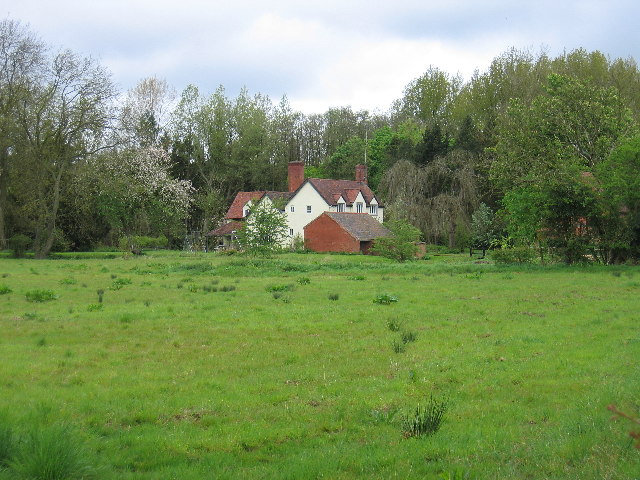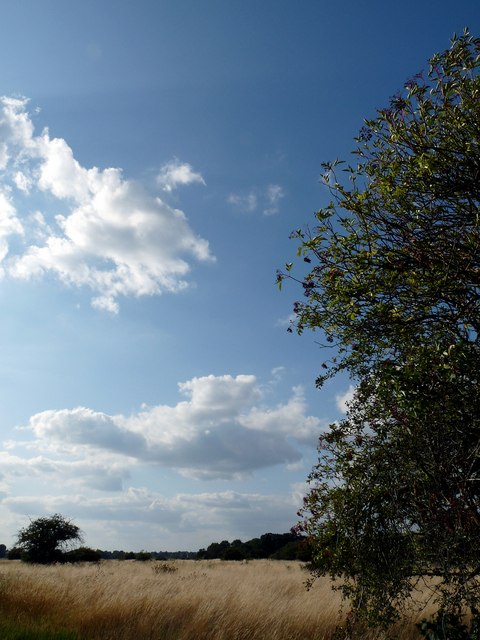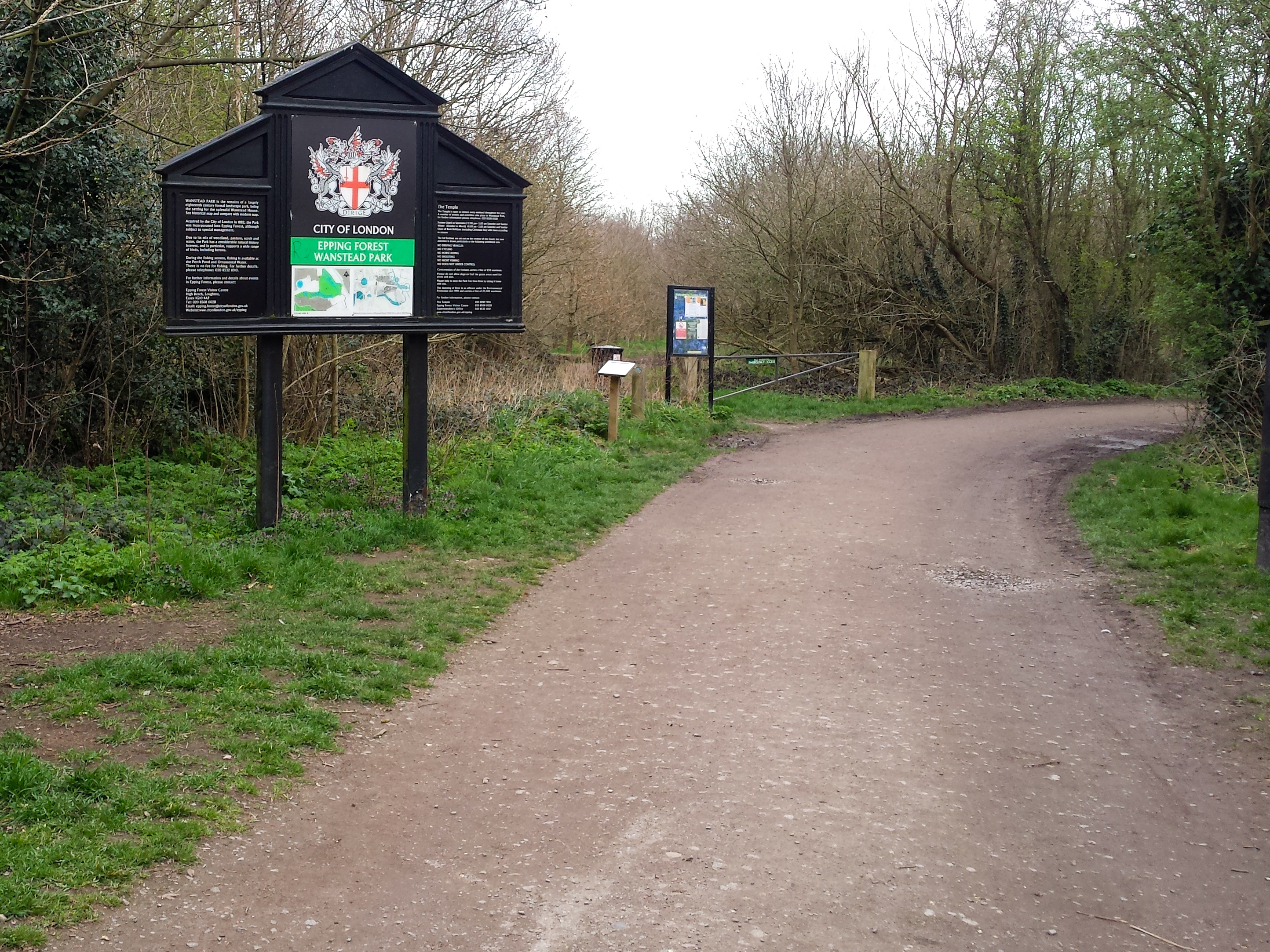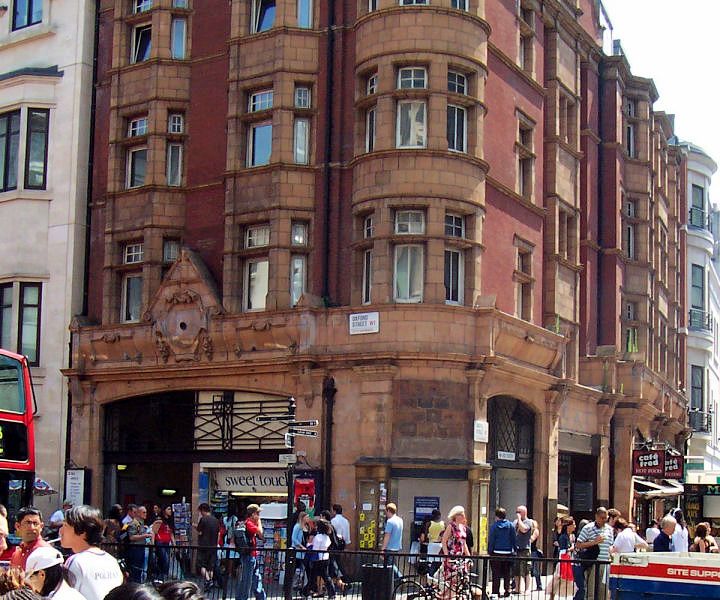|
Bushwood, Leytonstone
Bushwood is an area in the north of Leytonstone in East London; determined by the curved boundary of the road called ''Bushwood'' along the edge of Wanstead Flats, ''Lister Road'' to the south and ''High Road, Leytonstone'' to the west. The area has the ''Browning Road Conservation Area'', that contains what remains of the historic hamlet of Leyton-atte-stone. The area has many tree-lined streets with Victorian and Edwardian houses, which continue to attract professionals and young families. The area is popular for its proximity to Wanstead Flats and Wanstead Park, quick access to restaurants, cafés and shops, and transport links into central London via the Central Line. Bushwood has a residents' association, covering the approximately 1500 houses in the area. History It is named after the ancient woodland of ''Bush Wood'', which creates part of the north-east border of the area. Notable features Browning Road Conservation Area Bushwood includes The Browning Road Conservatio ... [...More Info...] [...Related Items...] OR: [Wikipedia] [Google] [Baidu] |
Bushwood Area 2
Bushwood is a hamlet in Warwickshire, located three miles north of Henley in Arden and a mile west of the M40 motorway. There is no village centre as such because all the buildings in the hamlet are spread out so widely. It is named after the wood, Bush Wood, that runs through the centre of the area. The Stratford-on-Avon Canal runs along the eastern edge of the settlement. Population details can be found under Rowington. "Bushwood" is a corruption of ''byssopswode'' or Bishop's Wood, which refers to its former ownership by the bishops of Worcester, dating back to the 9th century. The wood itself is an ancient deer park, with an earthwork along its lower boundary. The manor house, Bushwood Hall, is located at the northern end of the settlement. The current building is adjacent to the site of a previous medieval structure built in 1314, of which there remains no visible evidence above ground; however the moat A moat is a deep, broad ditch, either dry or filled with water, th ... [...More Info...] [...Related Items...] OR: [Wikipedia] [Google] [Baidu] |
Leytonstone
Leytonstone () is an area in east London, England, north-east of Charing Cross. Part of the London Borough of Waltham Forest, a local authority district of Greater London. It adjoins Wanstead to the north-east, Forest Gate to the south-east, Stratford, London, Stratford to the south-west, Leyton to the west, and Walthamstow to the north-west. Historically part of the ancient parish of Municipal Borough of Leyton, Leyton in the Becontree Hundred, Becontree hundred of Essex, the first documented evidence of settlement is from the 14th century, describing a Hamlet_(place), hamlet at ‘Leyton-atte-stone’; a reference to the Milestone#Roman_Empire, Roman milestone located within the area, that formed a northerm boundary of the parish. It remained largely rural until the 19th century, becoming part of the London postal district in 1856, the same year its Leytonstone tube station, railway station was opened (now on the Central line (London Underground), Central line). When Greater ... [...More Info...] [...Related Items...] OR: [Wikipedia] [Google] [Baidu] |
East London
East or Orient is one of the four cardinal directions or points of the compass. It is the opposite direction from west and is the direction from which the Sun rises on the Earth. Etymology As in other languages, the word is formed from the fact that east is the direction where the Sun rises: ''east'' comes from Middle English ''est'', from Old English ''ēast'', which itself comes from the Proto-Germanic *''aus-to-'' or *''austra-'' "east, toward the sunrise", from Proto-Indo-European *aus- "to shine," or "dawn", cognate with Old High German ''*ōstar'' "to the east", Latin ''aurora'' 'dawn', and Greek ''ēōs'' 'dawn, east'. Examples of the same formation in other languages include Latin oriens 'east, sunrise' from orior 'to rise, to originate', Greek ανατολή anatolé 'east' from ἀνατέλλω 'to rise' and Hebrew מִזְרָח mizraḥ 'east' from זָרַח zaraḥ 'to rise, to shine'. ''Ēostre'', a Germanic goddess of dawn, might have been a personificatio ... [...More Info...] [...Related Items...] OR: [Wikipedia] [Google] [Baidu] |
Wanstead Flats
Wanstead Flats is the southernmost portion of Epping Forest, in Leytonstone and Wanstead, London. The flats and by extension the forest ends at Forest Gate directly to the south. It now falls wholly within the boundaries of the London Boroughs of Redbridge and Waltham Forest, though until 1994 two parts of it were in the London Borough of Newham: one of these was the section between Aldersbrook Road and Capel Road east of the junction between Aldersbrook Road and St Margaret's Road, whilst the other was the strip running along Capel Road between its junctions with Centre Road (the A114) and Ridley Road. As part of Epping Forest, the Flats is managed by the City of London Corporation. Geography Wanstead Flats is surrounded by the heavily built-up areas of Leytonstone (Waltham Forest) to the west, Wanstead (Redbridge) to the north with Manor Park (Newham) and Forest Gate (Newham) to the southeast and south respectively. To the north-west it is connected by way of Bush Wood to ... [...More Info...] [...Related Items...] OR: [Wikipedia] [Google] [Baidu] |
Hamlet (place)
A hamlet is a human settlement that is smaller than a town or village. Its size relative to a Parish (administrative division), parish can depend on the administration and region. A hamlet may be considered to be a smaller settlement or subdivision or satellite entity to a larger settlement. The word and concept of a hamlet has roots in the Anglo-Norman settlement of England, where the old French ' came to apply to small human settlements. Etymology The word comes from Anglo-Norman language, Anglo-Norman ', corresponding to Old French ', the diminutive of Old French ' meaning a little village. This, in turn, is a diminutive of Old French ', possibly borrowed from (West Germanic languages, West Germanic) Franconian languages. Compare with modern French ', Dutch language, Dutch ', Frisian languages, Frisian ', German ', Old English ' and Modern English ''home''. By country Afghanistan In Afghanistan, the counterpart of the hamlet is the Qila, qala (Dari language, Dari: ... [...More Info...] [...Related Items...] OR: [Wikipedia] [Google] [Baidu] |
Wanstead Park
Wanstead Park is a municipal park covering an area of about 140 acres (57 hectares), in Wanstead, in the London Borough of Redbridge. It is also a district of the London Borough of Redbridge, which was in Essex until 1965. It is administered as part of Epping Forest by the City of London Corporation, having been purchased by the Corporation in 1880 from Henry Wellesley, 1st Earl Cowley. Today's park once formed part of the deer park of the former manor house of ancient Wanstead Manor, which included much of the urbanised area now known as Wanstead. The present park retains some of the layout of its former existence as Wanstead House's grounds, though the park's western boundary lies some 330 yards east of the house's site. In 1992 a Management Plan was initiated to try to re-establish something of the formality of the grounds of a "Great House". The park is Grade II* listed on the Register of Historic Parks and Gardens. Location and access The park is bordered to the north b ... [...More Info...] [...Related Items...] OR: [Wikipedia] [Google] [Baidu] |
Central Line (London Underground)
The Central line is a London Underground line that runs through central London, from , Essex, in the north-east to and in west London. Printed in red on the Tube map, the line serves 49 stations over . It is one of only two lines on the Underground network to cross the Greater London boundary, the other being the Metropolitan line. One of London's deep-level railways, Central line trains are smaller than those on British main lines. The line was opened as the Central London Railway in 1900, crossing central London on an east–west axis along the central shopping street of Oxford Street to the financial centre of the City of London. It was later extended to the western suburb of Ealing. In the 1930s, plans were created to expand the route into the new suburbs, taking over steam-hauled outer-suburban routes to the borders of London and beyond to the east. These projects were mostly realised after Second World War, when construction stopped and the unused tunnels were used as air ... [...More Info...] [...Related Items...] OR: [Wikipedia] [Google] [Baidu] |
Waltham Forest London Borough Council
Waltham Forest London Borough Council is the local authority for the London Borough of Waltham Forest in London, England which has existed since the London Government Act 1963 was commenced in 1965, replacing three local authorities: Chingford Borough Council, Leyton Borough Council and Walthamstow Borough Council. It is one of London's 32 borough councils, divided into 20 wards and elects 60 councillors. History There have previously been a number of local authorities responsible for the area. The current local authority was first elected in 1964, a year before formally coming into its powers and prior to the creation of the London Borough of Waltham Forest on 1 April 1965. Waltham Forest replaced Chingford Borough Council, Leyton Borough Council and Walthamstow Borough Council. It was envisaged that through the London Government Act 1963 Waltham Forest as a London local authority would share power with the Greater London Council. The split of powers and functions meant tha ... [...More Info...] [...Related Items...] OR: [Wikipedia] [Google] [Baidu] |
Victorian Keystone
Victorian or Victorians may refer to: 19th century * Victorian era, British history during Queen Victoria's 19th-century reign ** Victorian architecture ** Victorian house ** Victorian decorative arts ** Victorian fashion ** Victorian literature ** Victorian morality ** Victoriana Other * ''The Victorians'', a 2009 British documentary * Victorian, a resident of the state of Victoria, Australia * Victorian, a resident of the provincial capital city of Victoria, British Columbia, Canada * RMS ''Victorian'', a ship * Saint Victorian (other), various saints * Victorian (horse) * Victorian Football Club (other), either of two defunct Australian rules football clubs See also * Neo-Victorian, a late 20th century aesthetic movement * Queen Victoria * Victoria (other) Victoria most commonly refers to: * Victoria (Australia), a state of the Commonwealth of Australia * Victoria, British Columbia, provincial capital of British Columbia, Canada * Victoria ( ... [...More Info...] [...Related Items...] OR: [Wikipedia] [Google] [Baidu] |
Neoclassical Architecture
Neoclassical architecture is an architectural style produced by the Neoclassical movement that began in the mid-18th century in Italy and France. It became one of the most prominent architectural styles in the Western world. The prevailing styles of architecture in most of Europe for the previous two centuries, Renaissance architecture and Baroque architecture, already represented partial revivals of the Classical architecture of ancient Rome and (much less) ancient Greek architecture, but the Neoclassical movement aimed to strip away the excesses of Late Baroque and return to a purer and more authentic classical style, adapted to modern purposes. The development of archaeology and published accurate records of surviving classical buildings was crucial in the emergence of Neoclassical architecture. In many countries, there was an initial wave essentially drawing on Roman architecture, followed, from about the start of the 19th century, by a second wave of Greek Revival architec ... [...More Info...] [...Related Items...] OR: [Wikipedia] [Google] [Baidu] |
Romanticism
Romanticism (also known as the Romantic movement or Romantic era) was an artistic, literary, musical, and intellectual movement that originated in Europe towards the end of the 18th century, and in most areas was at its peak in the approximate period from 1800 to 1850. Romanticism was characterized by its emphasis on emotion and individualism, clandestine literature, paganism, idealization of nature, suspicion of science and industrialization, and glorification of the past with a strong preference for the medieval rather than the classical. It was partly a reaction to the Industrial Revolution, the social and political norms of the Age of Enlightenment, and the scientific rationalization of nature. It was embodied most strongly in the visual arts, music, and literature, but had a major impact on historiography, education, chess, social sciences, and the natural sciences. It had a significant and complex effect on politics, with romantic thinkers influencing conservatism, libe ... [...More Info...] [...Related Items...] OR: [Wikipedia] [Google] [Baidu] |







_-_facade_on_Piazza_dei_signori.jpg)
